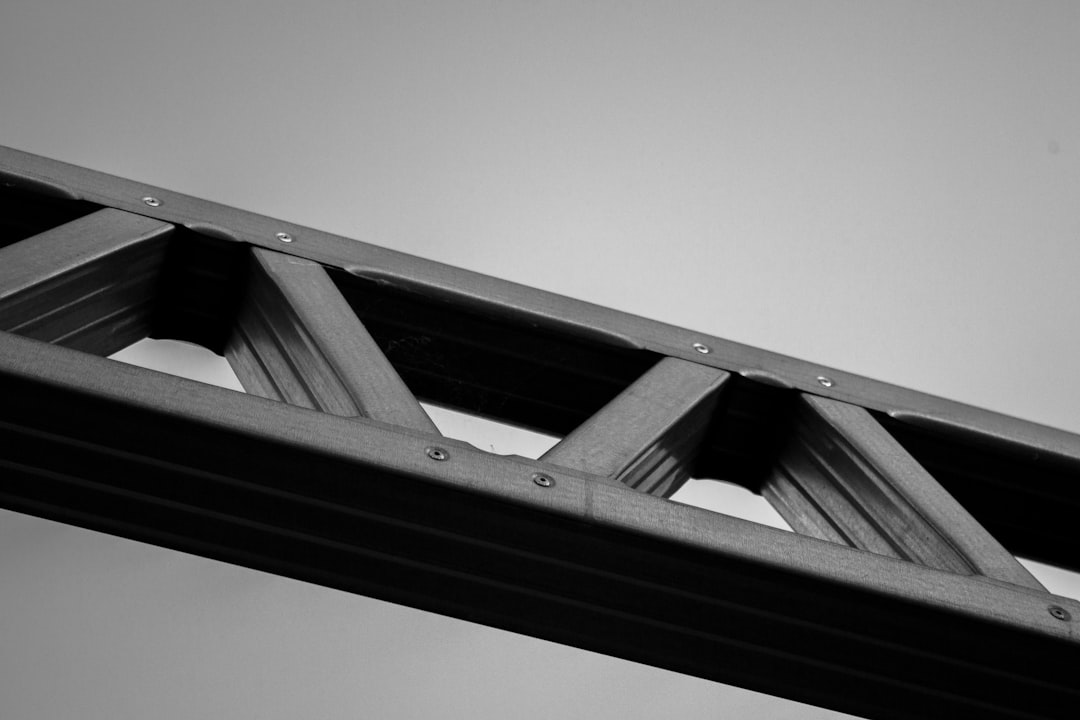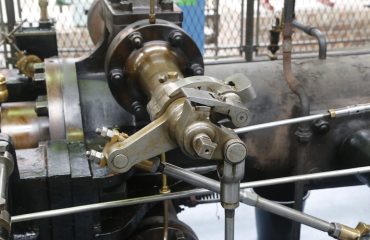In today’s world, noise pollution is a pervasive issue affecting productivity, health, and overall well-being. Whether you’re designing a recording studio, a bustling office, or a quiet residential space, effective sound control is paramount. Acoustic steel profile systems offer a robust and versatile solution for achieving exceptional noise reduction. This comprehensive guide delves into the intricacies of these systems, exploring their design, application, benefits, and considerations for selection.
Understanding the Mechanics of Acoustic Steel Profile Systems
Acoustic steel profile systems are engineered structures designed to minimize sound transmission through walls, ceilings, and floors. Unlike traditional methods that rely solely on dense materials, these systems leverage a combination of resilient channels, sound-absorbing materials, and strategically designed steel profiles to create a highly effective sound barrier. The core principle lies in decoupling the structural elements, preventing the direct transmission of vibrations that cause noise. This decoupling is achieved by suspending the facing materials (like drywall or plasterboard) using resilient channels and strategically placed steel profiles, creating an air gap that significantly dampens sound waves. The choice of steel profile type, its thickness, and the spacing between the profiles are crucial factors influencing the overall acoustic performance.
Key Components of an Effective Acoustic Steel Profile System
Several key components contribute to the effectiveness of an acoustic steel profile system:
- Resilient Channels: These specialized metal channels are designed to isolate the facing material from the underlying structure, minimizing vibration transmission. Their unique shape and flexibility allow them to absorb and dissipate sound energy.
- Steel Profiles: These form the framework of the system, providing structural support and ensuring the stability of the entire assembly. Different profiles are available, each with specific acoustic properties and load-bearing capacities.
- Sound-Absorbing Materials: These are often incorporated into the system to further enhance sound absorption. Materials like mineral wool or acoustic batts are commonly used to fill the cavities within the steel profile structure, effectively trapping and dissipating sound energy.
- Sealants and Gaskets: Proper sealing around all joints and penetrations is crucial to prevent sound leakage. Acoustic sealants and gaskets are used to create an airtight barrier, maximizing the system’s effectiveness.
Applications of Acoustic Steel Profile Systems: Where They Shine
Acoustic steel profile systems find diverse applications across various settings, including:
- Recording Studios and Music Rooms: These systems are crucial for creating acoustically treated spaces with minimal sound reflection and excellent sound isolation, ensuring optimal recording and listening experiences.
- Commercial Offices and Workspaces: In open-plan offices, these systems help to reduce noise distractions and improve speech privacy, enhancing productivity and employee well-being.
- Residential Buildings: They can effectively reduce noise intrusion from external sources and between rooms, providing a quieter and more peaceful living environment.
- Industrial Settings: In noisy industrial environments, these systems help to control noise levels, protecting workers’ hearing and complying with safety regulations.
- Hospitals and Healthcare Facilities: Reducing noise levels in hospitals is essential for patient recovery and staff well-being. Acoustic steel profile systems contribute to creating calmer and more therapeutic environments.
Benefits of Choosing Acoustic Steel Profile Systems
Compared to traditional soundproofing methods, acoustic steel profile systems offer several significant advantages:
- Superior Sound Reduction: They provide significantly higher levels of sound insulation compared to conventional construction methods.
- Improved Fire Safety: Many systems utilize fire-resistant materials, enhancing the overall fire safety of the building.
- Lightweight and Efficient: They are relatively lightweight, reducing structural loads and making them easier to install.
- Versatility and Design Flexibility: They can be adapted to various building designs and architectural styles.
- Durability and Longevity: Steel profiles are highly durable, ensuring long-term performance and minimizing maintenance requirements.
- Cost-Effectiveness: While initial investment might be higher, the long-term cost savings from reduced noise pollution and improved energy efficiency can be significant.
Selecting the Right Acoustic Steel Profile System: Factors to Consider
Choosing the appropriate acoustic steel profile system requires careful consideration of several factors:
- Required Sound Reduction Level: The specific sound reduction requirements will determine the type and configuration of the system.
- Budget: Different systems vary in cost, and finding a balance between performance and budget is essential.
- Space Constraints: The available space will influence the choice of profile types and the overall system design.
- Building Codes and Regulations: Compliance with local building codes and regulations is paramount.
- Installation Expertise: Proper installation is crucial for achieving optimal performance. Engaging experienced professionals is highly recommended.
Acoustic steel profile systems represent a significant advancement in noise control technology. By understanding their mechanics, components, and applications, you can effectively leverage their power to create quieter, more productive, and healthier environments. Choosing the right system involves careful consideration of your specific needs and working with qualified professionals to ensure proper design and installation. The result? A sanctuary of silence, crafted with precision and engineered for lasting peace.
Tags: acoustic steel profiles, soundproofing, noise control, steel profile systems, acoustic design




